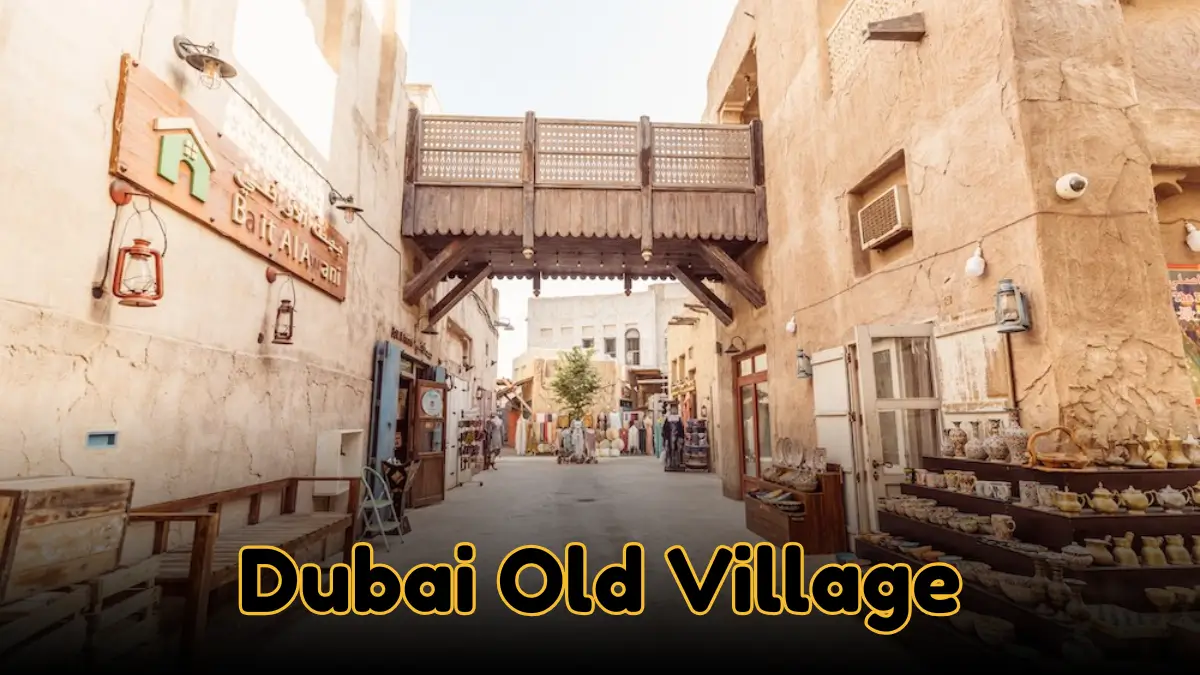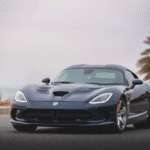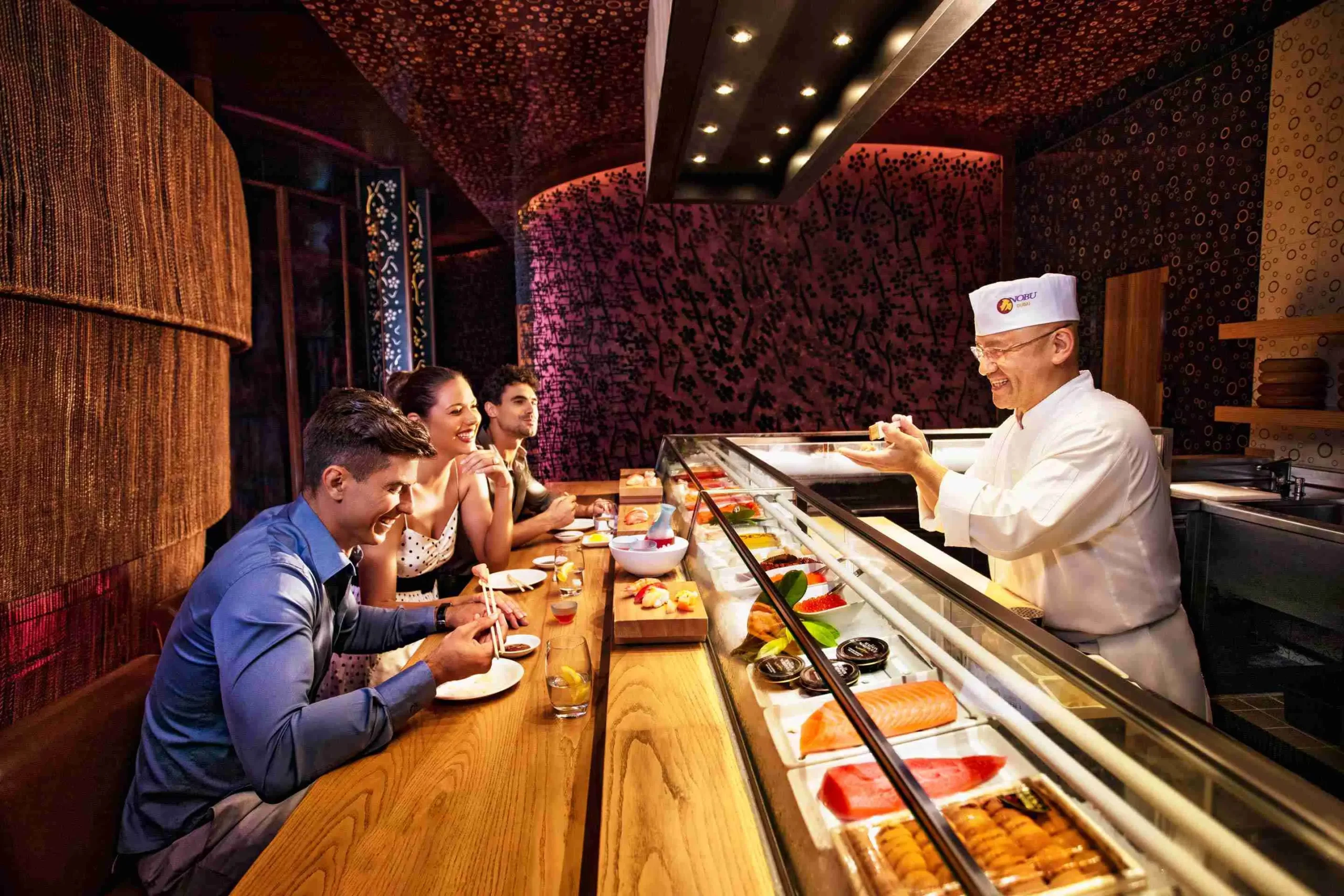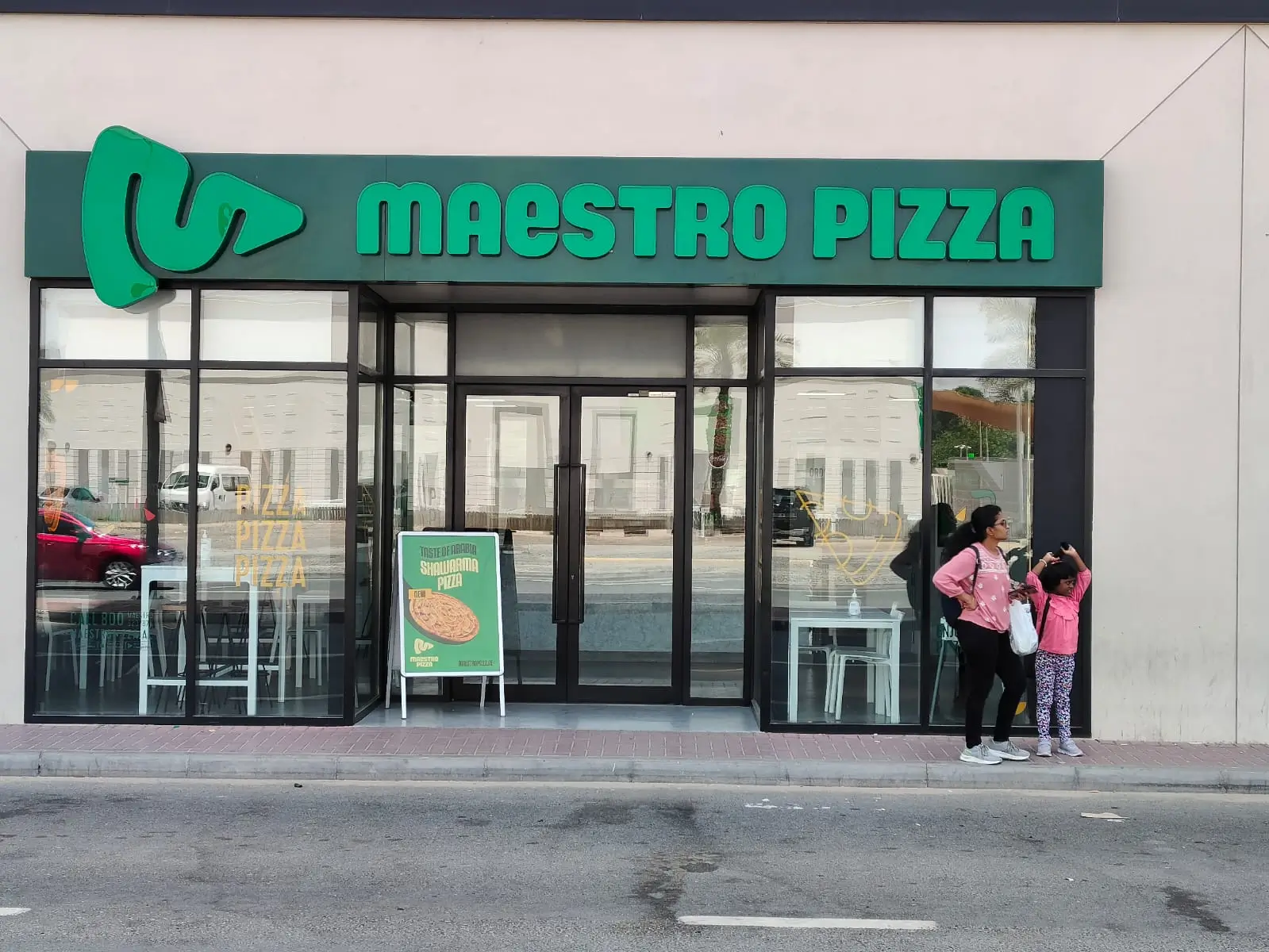In bygone days, Dubai was no more than a small fishing village on the banks of Dubai Creek. Today, you can find all the latest fads here in the metropolis that has turned from a desert tumbleweed town into this bustling world made up of modern buildings. But within the glamour and glitter, there remains a part of Dubai’s history looking out onto the old walls of its village. Being old means it has history, and in a cultural context, it is deliberately referred to as “the Heart of the City.” This article will give you various aspects of Dubai, including their background, cultural landmarks, and characteristic tourist spots.
Location
The History of Dubai Old Village
Village Origins
The history of Dubai goes back to about the early 19th century, when it was a tiny fishing settlement by the shores of Dubai Creek. In those days, the village economy made its living largely from fishing and pearl diving. For hundreds upon hundreds of years, Dubai Creek was the cornerstone of regional development, serving as a link between traders and fishermen all over the Arabian Gulf. These industries, together with Dubai’s strategic location, helped turn the village gradually into the prosperous meeting point of today.
The village was very simple in its early days, with houses built of coral stone and palm branches. Life was tough, but people were tough too, living on the natural resources around them. Growth of the village was slow, and steadily, the population grew as trade routes expanded.
The Evolution of Dubai Old Village
The Old Village of Dubai is a place where the history of a city that has changed from a small fishing town to a modern global city was left for years. There are dirt roads and low bungalows. As a pioneer trading frontier, Dubai experienced rapid economic growth with the discovery of oil in the mid-20th century. As a result of this, modernization of the city happened very quickly. The old village, however, remains relatively unchanged in appearance and way of life. It provides a sharp contrast to the shining skyscrapers which now define most of Dubai today.
A number of historical events, ranging from the setting up of a free port in Dubai to the formation of the United Arab Emirates in 1971, had a massive impact upon the development in Dubai. These changes not only shaped the city’s economy but also led to increased global links for Dubai. As a result, it became a key player in international trading, industrial, and tourist services markets.
Preserving the Past
The Old Village of Dubai, preserved as it is, makes one feel the culture of life in Dubai. Many of the buildings in this area have stood for centuries, made from old wood, rice straw, bricks, and clay mixed with seawater. The village is a counterpoint to modern Dubai’s white skyline, a living representation of traditional lifestyles in ways that cannot be reproduced by modern urban design. Government policy to restore these heritage sites now ensures that the cultural legacy of Dubai will not get overshadowed by all its rapid urban development.
Key Landmarks and Attractions in Dubai Old Village
Dubai Creek
One of the most iconic landmarks in Dubai’s Al Fahidi Historical Village, Dubai Creek was once a natural saltwater creek and has been used as a major trading route for centuries. This enabled the village to thrive as a port town. It raised the city and country’s profile, making Dubai more important than its neighbors.
The branched estuary of Dubai Creek is not only pertinent to Dubai’s history, it also offers a beautiful and serene place to visit today. Old wooden dhows, traditional boats which used to carry goods such as spices, textiles, and pearls across the Arabian Gulf, now adorn the waterway. Visitors can take a traditional Abra ride across the creek to get a look at Dubai from water level. The trip sets out from Al Sabh Road to the north, next to the Bank of Dubai Al Fahidi Cement Factory.
Al Fahidi Historical Neighbourhood
The Al Fahidi Historical Neighbourhood, also known as Al Bastakiya, is one of the best-preserved districts in Dubai Old Village. Here, narrow lanes, wind towers, and old traditional homes that have been meticulously restored to preserve their original beauty can be found. The wind towers, originally used for ventilation and cooling, are a special characteristic of the Old Village district.
Al Fahidi also has several galleries and museums, such as the Dubai Museum and the Centre for Cultural Understanding of Mohammed Bin Rashid. All of these help to make Dubai’s history and culture come alive for visitors, giving insights into traditional Emirati life.
Sheikh Saeed Al Maktoum House
It is revealing about Dubai’s royal heritage to see how the Sheikh Saeed Al Maktoum House was built. This former family residence is now a museum that displays historical material and old photos of Dubai. The house itself is a wonderful example of traditional Emirati architecture with its intricate carvings on wooden doors and breezy courtyards to relax under the shade of palms.
A visit there is sure to be interesting! Displays at the museum also show artifacts from the days of Dubai’s pearling industry and photographs recording how quickly the city emerged to become what it is now.
The Wind Towers and Traditional Buildings
The architecture of the old Dubai village is one of its most interesting features, with traditional elements such as wind towers, courtyard houses, and ornate mosques. Wind towers, also known as “Barjeels,” were an ingenious method of cooling buildings at a time when air conditioning did not exist.
These were made to catch the breeze and blow it down into rooms below, so they were naturally ventilated. The village buildings themselves are made from coral rock, mud brick, and palm fronds. This sort of construction – which made use of materials that its local residents could work themselves to withstand unbearable desert heat – reveals the ingenuity employed by early Emiratis in building functional and beautiful premises.
Culture and Traditions of Dubai Old Village
Life in the Village
Every year since 1966, after the fall rice is harvested, this traditional agricultural village is full of life with busy people. Prior to the creation of modern Dubai, in old villages like this, family, community, and trade were all that mattered. The people of Dubai Old Village could only survive by fishing, pearl diving, and trading.
Until Dubai was eaten up by the sand, blood was a small-town community where everyone knew everyone else. Life depended on the tides and seasons. In traditional society, practices such as falconry, camel racing (as shown below), traditional dance, and song are all part of village life. These habits still influence modern Dubai. In the form of cultural festivals or exhibitions, they are especially valued as sites for beauty appreciation.
Souks: Traditional Markets
Dubai Old Village’s traditional souks (markets) offer a taste of ancient Dubai’s brisk trading culture. The markets are a sensory spectacle, with vendors selling everything from spices, textiles, and jewelry to antiques and other traditional crafts.
Here, visitors can interact with local merchants, try out traditional foods, or take home one-of-a-kind souvenirs. One example is the Gold Souk, which, with its astonishingly wide range of gold jewelry, is one such market that Dubai is really famous for. Today, these markets offer a vivid picture of what trade used to be like in Dubai Old Village.
Traditional Food, Traditional Village Life
The tastes of Dubai Old Village are deeply ingrained in Bedouin and Arabian tradition. Traditional dishes like machboos (spiced rice with meat), harees (wheat and meat gruel), or khameer (traditional bread) were the staples of village life. Food was always made with what could be locally found, like dates, lamb, fish, etc.
In modern Dubai, visitors can experience these traditional dishes in local restaurants within the Old Village, where the local flavors have been preserved. The village’s food culture reflects this intimate relationship with the natural world and its surroundings that has arisen over generations.
Dubai Old Village Meets Modern Times
Modernization vs Preservation
Dubai’s rapid development has brought many challenges in conservation to those historical sites. It may have an ultra-modern skyline and high-tech industrial development, but Dubai Old Village still maintains the past’s respect as well as its physical figures. The local government has made great efforts to preserve the village’s cultural heritage.
They allocated US $4.6 million last year for cultural relics removal work and also earmarked $114,500 through such funds for restoration projects, community involvement, and cultural initiatives to maintain charm and authenticity while allowing for modern tourism and development.
Tourism and Its Cultural Value
Today, Dubai Old Village has become a major tourist attraction in the city. Those seeking to learn about Dubai’s history and unique culture flock to this village. Cultural festivals, art exhibitions, and various types of educational programs are held in the area frequently, offering opportunities for both locals and newcomers to have direct experiences of Dubai’s past.
Generations after generations were born into this way of life – continued right down from grandparents, parents to children. These activities mean that the Old Village’s cultural value will continue to strike a chord with people from all over the world.
The Function of Dubai Old Village in Dubai’s Cultural Identity
Dubai Old Village is a crucial part of Dubai city’s cultural identity. It connects the present with its past, reminding everyone how much has gone into making it what now stands on top of UAE’s culture. For local residents, the Old Village is a reminder of their native origins and a place where customs and traditions are preserved. Although this is now a society of sellers who sell themselves as strange products, it also serves as the legacy reminder that other paths have been traveled for long periods and by many people before us. It is a heritage.
Getting a Visa for Dubai Old Village
If you pick the months which fall during Dubai Winter (November till March), when temperatures are reasonable and you can actively play outside with some peace of mind, temperatures are particularly pleasant during this period and suitable for a walk.
What to Expect?
When visiting Dubai Old Village, you can expect to see a mix of old and new. You will see more of Dubai’s oldest wind towers, stroll among the narrow alleys with their shops offering local crafts, or visit a museum that tells Dubai’s past story.
Conclusion
Dubai Old Village is a window into the past. It preserves the traditional way of life in this city that once would have been lost.From its historical landmarks to its cultural traditions, the village serves as a reminder of Dubai’s rich heritage.
As the city continues to modernize, preserving these cultural gems ensures that future generations will be able to appreciate the history and culture that shaped Dubai into the world-renowned city it is today.
Whether you are a history enthusiast, culture buff or just looking for an escape from the modern city, this must-visit destination has been fortified with an experience you’ll never forget. Step back in time together and take a walk through Dubai Old Village!
FAQ’s
What’s a version of Dubai Village?
Dubai Old Village is a protected area that presents the traditional lifestyle and culture of early Emiratis. You can thus experience what Dubai was like before it became a metropolis at lightning speed.
Where can I find Dubai Ancient Village?
Old Dubai Village is situated near Dubai Creek, specifically in the Al Fahidi Historical Neighborhood, a little less than ten minutes from central Dubai.
What are the main sites of interest in Dubai Old Village?
Principal attractions include Dubai Creek, Al Fahidi Historical Neighbourhood, Sheikh Saeed Al Maktoum House, and the usual wind towers.
What can I learn from the Dubai Museum?
The Dubai Museum explains the heritage of Dubai, as well as its history, culture, and customs, with exhibits on traditional ways, shipping, and the city’s formation.
Is Dubai Old Village an ideal place for travelers?
Yes, it’s very suitable for tourists fascinated with history, culture, and the traditional lifestyle.
When is the best time to go to Dubai Old Village?
Between November and March, when the weather is at its most pleasant, providing more comfort outdoors and lower temperatures offering some relief from the sun.
How do I get to Dubai Old Village?
You can approach Dubai Old Village by public transport, taxi, or personal car, while the nearest stop to it is Al Fahidi Metro Station.
Can I take a boat ride in Dubai Old Village?
Yes, you can journey on Dubai Creek in a traditional abra river boat, getting a special view of the village.
Are there any authentic bazaars in Dubai Old Village?
Yes, the souks (markets) in the village sell spices, fabrics, jewelry, and traditional crafts, providing a colorful and genuine shopping experience.
Is there any admission charge for visiting Dubai Old Village?
Some facilities require ticket purchases, for instance, museums and galleries. But the entire village itself is open to visitors.
You May Also Like:






